Step On It
A Step Toward A Healthier Life
Step On It is a program based on information about what works in weight loss. It also uses body fat monitors to help you chart your progress towards losing unhealthy fat.
The Path to Fitness is Right at Your Own Feet – The program consists of three steps to fitness:
1. Take the First Step
- Figure your body fat
Compare your body fat percentage to recommended ranges, and set realistic goals for improvement.
-
Assess Your Body
Being overweight, or obese, has health risks. Obesity causes or aggravates a wide range of health problems from high blood pressure, to arthritis, to certain forms of cancer. The good news is that weight loss–actually body fat loss–can help prevent or control the development of many of these diseases.
It’s fat, not weight, that is a problem. Fit people come in all weights, sizes and shapes. Standard height-weight charts and Body Mass Index charts (BMI), that relate height and weight, may be misleading. Many experts believe that percentage of body fat is a better measure of physical fitness than weight alone.
A person who is “overweight” according to height-weight charts does not necessarily have too much fat. The extra weight may be due to an above-average amount of muscle. On the other hand, a person can be “overfat” even if they are not overweight, if they have too much fat in proportion to the muscle in their body. Figuring your fat can tell you if you are truly “overfat.”
Body Fat Measurement and Monitoring
Until recently, measuring and monitoring body fat has been a complicated process. The most common methods required a trained technician, expensive equipment or uncomfortable procedures. As a result, it was not convenient for people to monitor their body fat on a regular basis, nor in the privacy of their own home.
2. Step on it
-
Monitor your body fat
Chart your progress and as part of a routine personal fitness program. Recent guidelines issued by the National Institutes of Health (NIH) confirm successful weight loss requires increasing physical activity and reducing calories. Changing your balance of diet and exercise can help you achieve a healthier balance of fat and muscle in your body.
- Start an exercise program
Exercise contributes to weight loss, and is most helpful in prevention of weight gain. It also can change overall body composition, by reducing fat while building muscle. In addition, exercise increases cardiovascular fitness. With moderate activity, progressing to 30 minutes or more on most or preferably all days of the week.
Exercise can be done in one session, or in short periods throughout the day that add up to 30 minutes.
Choose physical activities you enjoy and can do regularly. Consistency is important.
Walking is an excellent exercise because it is safe and accessible. Start at a slow pace, gradually increasing how long, how fast, how hard, and how many times a week you walk.
In addition to planned exercise, increase everyday activities such as taking the stairs instead of the elevator. It all adds up.
3. Step It Up
- Assess Your Diet
Make changes in diet and exercise to change the composition of your body, not just your weight.
Most weight loss occurs by cutting calories in the daily diet. According to the USDA, you should restrict your daily intake of fat to no more than 30% of total calories consumed.
- Set Goals
-
To lose weight, the NIH recommends 1-2 pounds per week as a safe and effective goal based on an individually planned low-calorie diet. But the weight you lose will consist of muscle, as well as fat, unless you exercise. With proper diet and regular exercise you can lose the weight and increase your muscle mass. Monitoring body fat as part of your program can tell you if your exercise and diet goals are in step by showing how your proportion of muscle to fat improves.
Even if your weight appears to remain the same from year to year, your body composition can change for the worse. The good news is that you can catch any change with the regular use of a home body fat monitor and make the necessary adjustments to your diet and exercise. Keep in mind that reducing body fat takes longer than losing pounds. Losing fat and keeping it off often requires permanent changes in eating and exercise habits. Monitoring body fat, as well as weight, can be part of those long-term changes, and tracking body fat percentage over time is the best way to measure any progress.
So figure your body fat and step on it!
 Smart Scale for Body Weight and Fat Percentage |
 |
| Getting Started At Controlling Your Weight Controlling Your Weight Precise and Accurate Weighing Definition of Weighty Terms Know Your Weight Staying Fit |

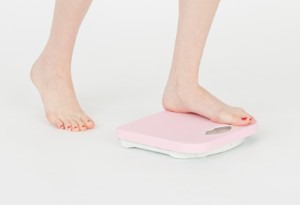

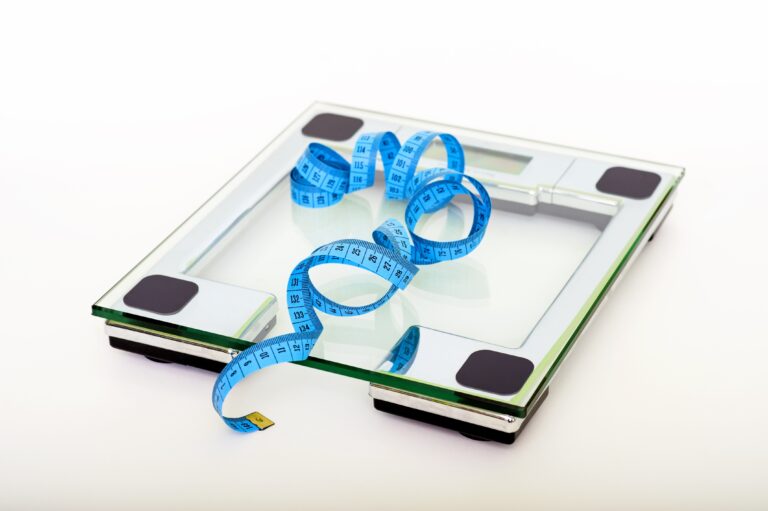
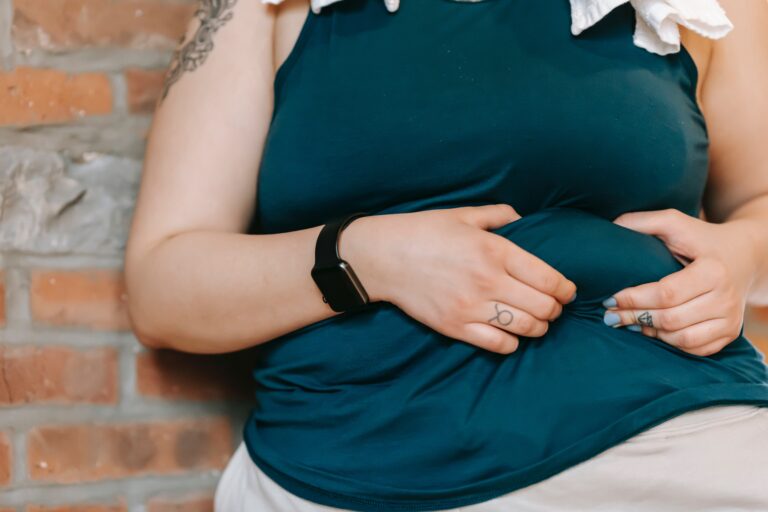

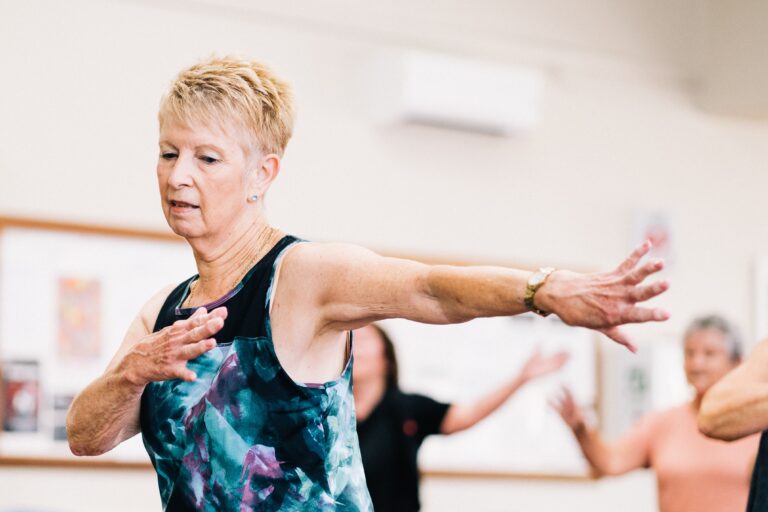

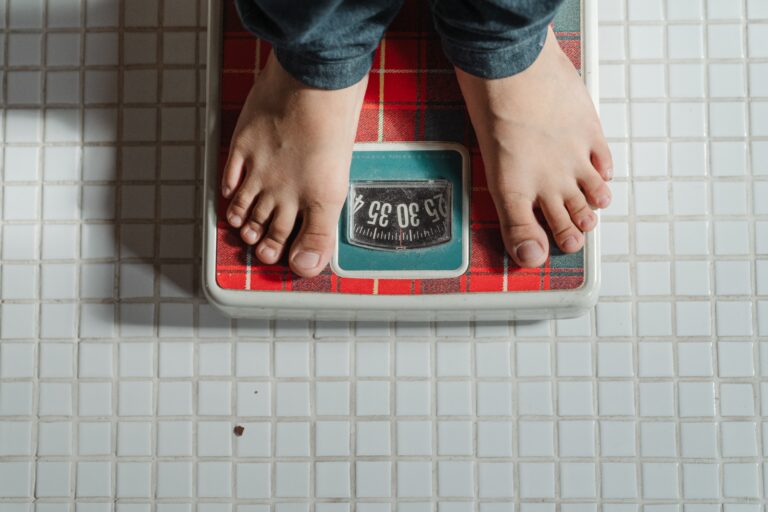
I have a body fat scale that I purchased about 20 years ago. I love it and it still works great. I have found that it is much more helpful in my fitness goals that just getting my weight.